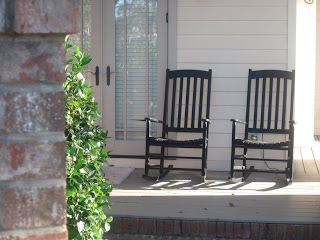Well this is my work-in-progress critique about my Independent Project. My project is to make a web-site that is Aphasia friendly. The site is to promote education and awareness about Aphasia and using photography as an alternative source of communication to People with Aphasia (PWA) and their families. I am still working on what audience I want to target most, and if I want to make this a site that educated the public too.
So far I have been doing research, and trying to organize the site (and layout). I want to include all the material I have gathered from the course. I still want to add an overview of the Rollins course, and the students/clients experiences. I still have some questions for the site:
1. Other ways/ideas to make the site more Aphasia friendly?
2. What information is missing, or should be taken out?
3. Should I add a page about UCF and if so what should it include?
I look forward to hearing feedback!
Here is my SITE



